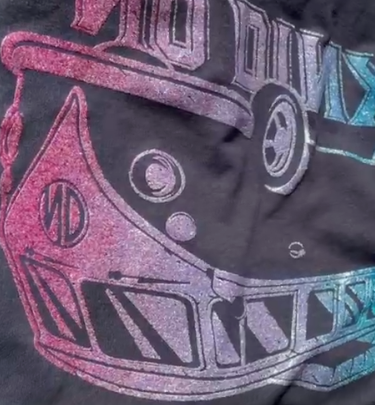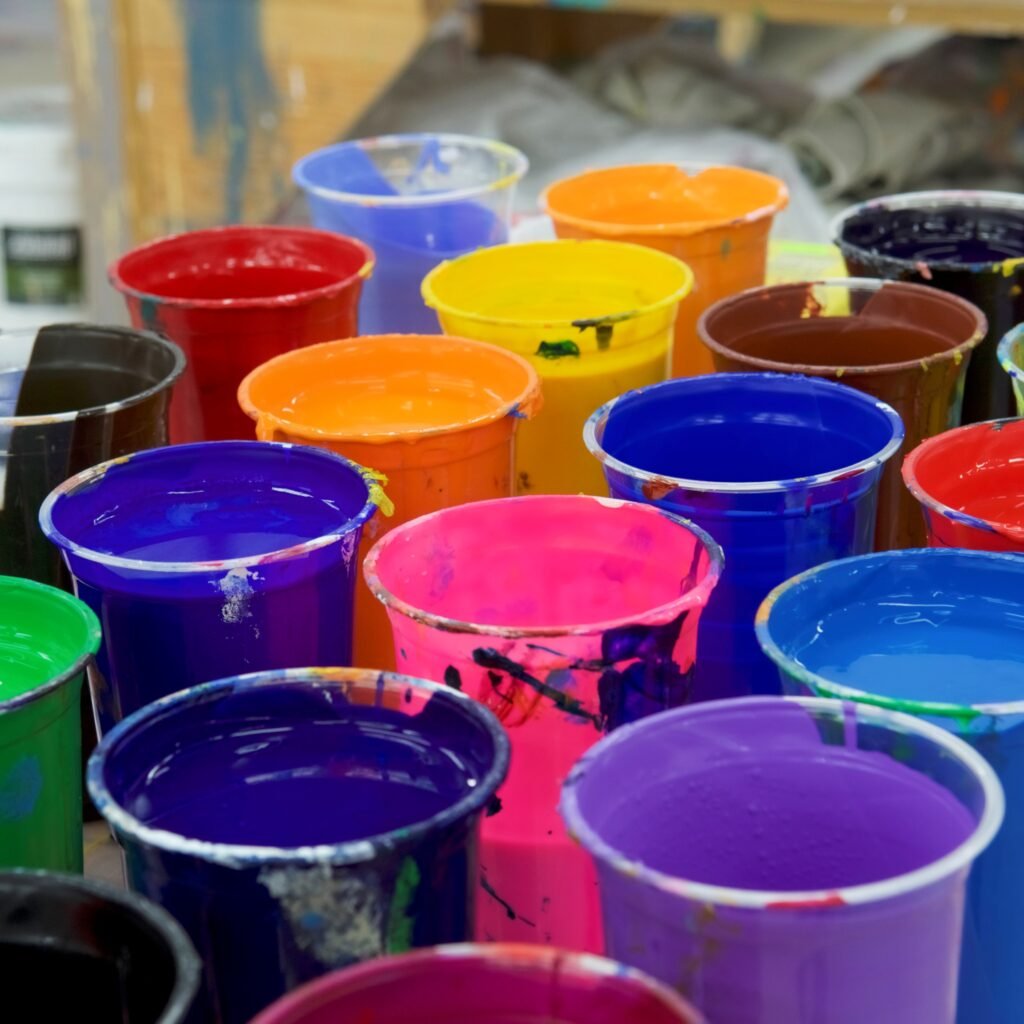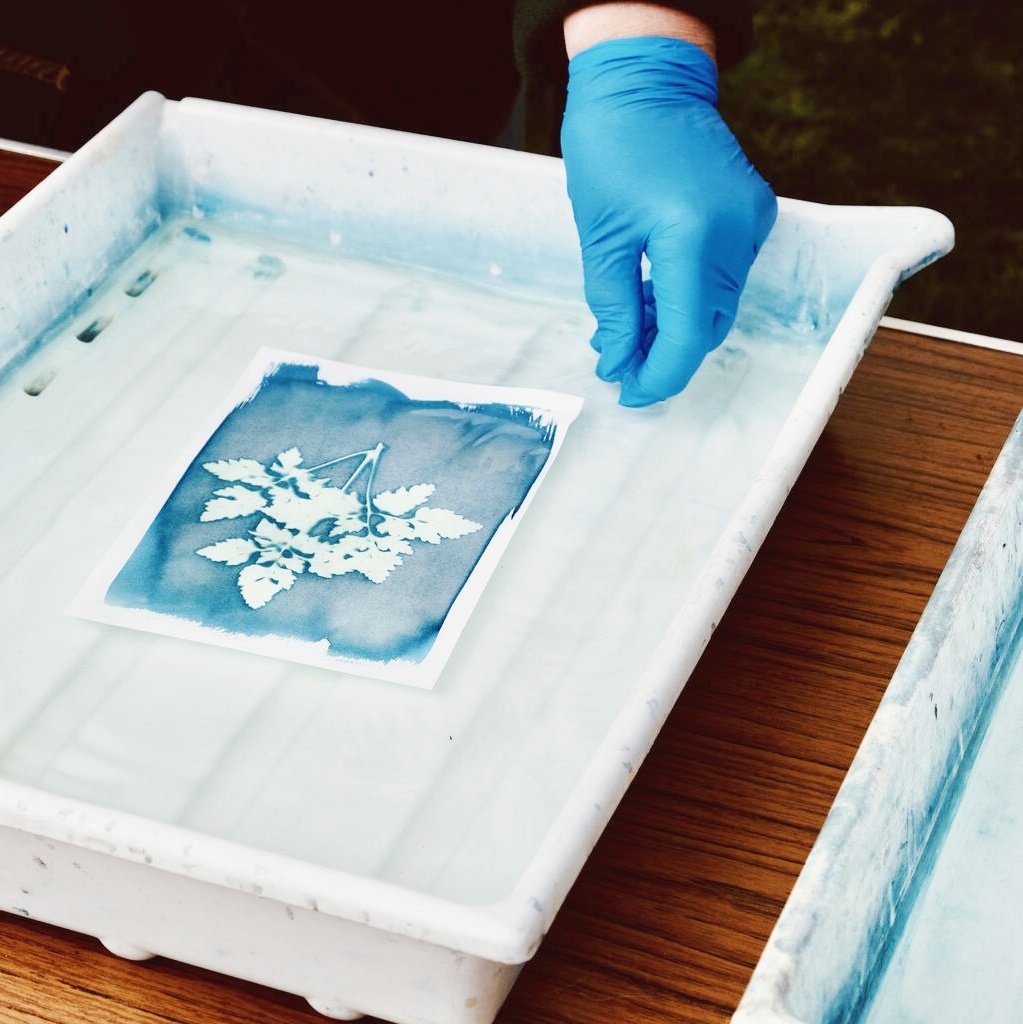Mục lục
Đổi mới của Plastisol trong suốt năm 2024: Độ bền và vẻ ngoài đẹp hơn
Nhựa trong suốt là một vật liệu đặc biệt được làm từ Nhựa PVC Và chất dẻo. Nó được dùng để làm những thứ như lớp phủ, mực và khuôn. Ngày nay, công nghệ mới làm cho nó bền hơn, đẹp hơn và tốt hơn cho Trái Đất.
1. Plastisol trong suốt là gì?
Nhựa trong suốt là một chất lỏng cứng lại khi được đun nóng. Nó được tạo ra bằng cách trộn Nhựa PVC (một loại nhựa) với chất dẻo (chất lỏng nhờn làm cho nó mềm).
- Sử dụng cũ: Phủ vải, phụ tùng ô tô và đồ chơi.
- Công dụng mới: Dụng cụ y tế, ốp lưng điện thoại và vật liệu xây dựng.
Tại sao nó quan trọng bây giờ:
- Mọi người muốn có những vật liệu bền hơn và trông đẹp hơn.
- Các nhà máy cần có giải pháp thân thiện với môi trường.

2. 5 đột phá về độ bền hàng đầu
2.1 Khả năng chống tia UV và thời tiết
Vấn đề:Plastisol cũ chuyển sang màu vàng dưới ánh sáng mặt trời. Giải pháp: Thêm vào gốm nano (giống TiO₂) để chặn 99% tia UV. Ví dụ: Mái nhà ngoài trời sạch sẽ trong vòng 15 năm.
| Cũ so với Mới | Plastisol cũ | Plastisol mới |
|---|---|---|
| Chống tia UV | Nghèo | 99% Đã chặn |
| Tuổi thọ | 5 năm | 15 năm |
2.2 Khả năng chống trầy xước/mài mòn
Vấn đề: Các vết xước làm cho nhựa dẻo trông cũ kỹ. Giải pháp: Polyme tự phục hồi (hỗn hợp silicon và PVC). Ví dụ: Tay cầm dụng cụ thể thao vẫn mới sau 10.000 lần sử dụng.
2.3 Độ ổn định nhiệt
Vấn đề: Nhiệt làm cho nhựa dẻo tan chảy hoặc nứt. Giải pháp: Chất liên kết chéo để nó chịu được nhiệt độ lên tới 160°C. Ví dụ: Các bộ phận đèn LED không bị cong vênh.
2.4 Khả năng kháng hóa chất
Vấn đề: Dầu và axit làm hỏng plastisol. Giải pháp: Thêm vào các polyme flo (nhựa siêu bền). Ví dụ: Các bộ phận ô tô chống tràn dầu.
2.5 Tính linh hoạt không bị nứt
Vấn đề: Uốn cong gây ra vết nứt. Giải pháp: Chất dẻo sinh học (giống như dầu đậu nành). Ví dụ: Ốp điện thoại có thể uốn cong nhưng không vỡ.
3. Những đổi mới về mặt thẩm mỹ
3.1 Độ trong quang học
Vấn đề: Plastisol cũ trông có vẻ mờ đục. Giải pháp: Nhựa ít mờ (như Vinnolit® VTC) cho độ trong như thủy tinh. Ví dụ:Ống y tế mà bạn có thể nhìn xuyên qua một cách rõ ràng.
3.2 Hoàn thiện có thể tùy chỉnh
Vấn đề: Plastisol trông có vẻ nhàm chán. Giải pháp: Dập nổi siêu nhỏ tạo ra bề mặt mờ, bóng hoặc có kết cấu. Ví dụ: Giày thiết kế với họa tiết kim loại sáng bóng.
3.3 Độ bền màu
Vấn đề: Màu sắc phai dần dưới ánh sáng mặt trời. Giải pháp: Nano-sắc tố giữ màu sắc tươi sáng trong nhiều năm. Ví dụ: Viền xe màu đỏ vẫn giữ nguyên màu đỏ.
4. Nâng cấp tính bền vững
4.1 Chất dẻo không chứa Phthalate
Vấn đề: Chất hóa dẻo cũ có chứa hóa chất độc hại (phthalate). Giải pháp: Sử dụng DINCH hoặc Citroflex® (lựa chọn thay thế an toàn). Ví dụ: Đồ chơi trẻ em đáp ứng các quy định an toàn nghiêm ngặt của EU.
4.2 Hệ thống có thể tái chế
Vấn đề: Plastisol không thể tái chế được. Giải pháp: Quy trình Solvay® của BASF cho phép các nhà máy tái sử dụng nhựa plastic. Ví dụ: Vỏ điện thoại tái chế.
4.3 Bảo dưỡng ở nhiệt độ thấp
Vấn đề: Nhiệt lượng lãng phí cao. Giải pháp: Chữa bệnh bằng tia hồng ngoại sử dụng ít năng lượng hơn 30%. Ví dụ:Các nhà máy tiết kiệm tiền và giảm ô nhiễm.
5. Plastisol trong suốt được sử dụng ở đâu?
| Ngành công nghiệp | Trường hợp sử dụng | Lợi ích |
|---|---|---|
| Ô tô | Bảng điều khiển chống trầy xước | Giữ mới trong nhiều năm |
| Thuộc về y học | Ống trong suốt | An toàn, dễ vệ sinh |
| Điện tử | Ốp điện thoại không thể vỡ | Nhẹ và thời trang |
| Ngành kiến trúc | Mái nhà chống chịu thời tiết | Chịu được mưa, nắng và tuyết |

6. Thách thức và cách khắc phục
Bài toán 1: Chất hóa dẻo rò rỉ ra khỏi các sản phẩm mềm dẻo. Sửa chữa: Sử dụng chất hóa dẻo có MW cao (giống như Geon™ 3000 của PolyOne).
Bài toán 2: Làm cho plastisol trong suốt VÀ bền chắc. Sửa chữa: Thêm vào oxit graphene (lớp carbon siêu mỏng).
7. Xu hướng tương lai
- Lớp phủ thông minh: Plastisol cảm nhận nhiệt độ hoặc tia UV.
- Plastisol phân hủy sinh học: Phân hữu cơ giống như chất thải thực phẩm.
- Nghiên cứu và phát triển do AI thúc đẩy:Máy tính phát minh ra công thức mới nhanh hơn.
8. Câu hỏi thường gặp
Nhựa plastisol trong suốt có an toàn cho thực phẩm không?
Đúng! Được FDA chấp thuận các loại được sử dụng trong bao bì thực phẩm.
Nó khác với silicone như thế nào?
Plastisol rẻ hơn và bám dính tốt hơn, nhưng silicone lại uốn cong nhiều hơn.
Nó có thể thay thế kính không?
Sắp có! Mới chống va đập các loại đang được thử nghiệm cho màn hình điện thoại.



